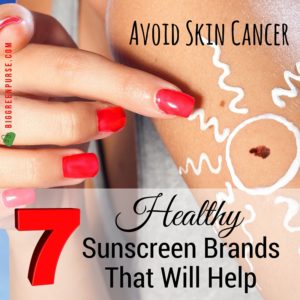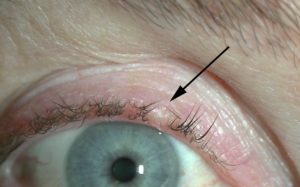The recent post on sunscreen generated several e-mails that are worth sharing here.
One reader worried that many sunscreens rely on nanotechnology, which manipulates particles that are smaller than 100 nanometers (nm); for comparison, a human hair is about 80,000 nm in diameter. Some research indicates that nanoparticles of titanium dioxide, which makes it easier for sun screen to soak into the skin, are small enough to bypass the body’s defensive “blood-brain barrier,” enter the brain and damage brain cells. (Larger particles are blocked by that barrier and don’t pose this problem). Environmental Working Group notes that, while several studies have found that nanotechnology does not penetrate healthy skin, they can still pose a danger to consumers or the workers who manufacture them. It is possible to find sunscreens that do not contain nanoparticles – but they may contain other undesirable chemicals. You can address the conundrum in part by staying out of the sun between the intense solar hours of 10 a.m. – 4 p.m. and wearing protective clothing.
Speaking of which, another reader noted that clothing specifically manufactured to resist the UV rays that cause sunburn and skin cancer may be coated with nano-based chemicals. It is difficult to determine which clothing relies on nanotechnology and which doesn’t. Question the manufacturer if you’re concerned. Or follow recommendations on ehow.com and chose tightly woven, dark garments when you’re out in the sun. Tightly woven cotton, wool and polyester offer better protection than linen, acetate, rayon and other thin fabrics. Rule of thumb: if you can see your skin through the clothes you’re wearing, they’re probably not blocking UV rays very effectively. While you’re at it, protect your eyes with sunglasses that specifically offer UV protection. Look for photochromic lenses, which reduce glare, sun and UV radiation without reducing visibility.
Finally, a doctor wrote to say that the skin needs some sunlight, since that is how the body restores its supply of Vitamin D. While this is true, most health professionals agree that the body can get enough Vitamin D supply from about 15 minutes of sun exposure in a day. You’ll get that walking back and forth to your car, walking in and out of work, or taking the dog for a stroll. You certainly don’t need to expose your skin to 15 minutes of blazing sun in the middle of the day.

















2 thoughts on “What about Nanoparticles in Sun Screen?”
I recently came across a cosmetic database that rates sunscreens… the best ones on the list are natural. I use Lavera- it works great- I highly recommend it.
Here’s a link:
http://cosmeticsdatabase.com/special/sunscreens2008/findyoursunscreen.php
Since when does sunscreen use nanotechnology? That’s a bit out there…
Comments are closed.